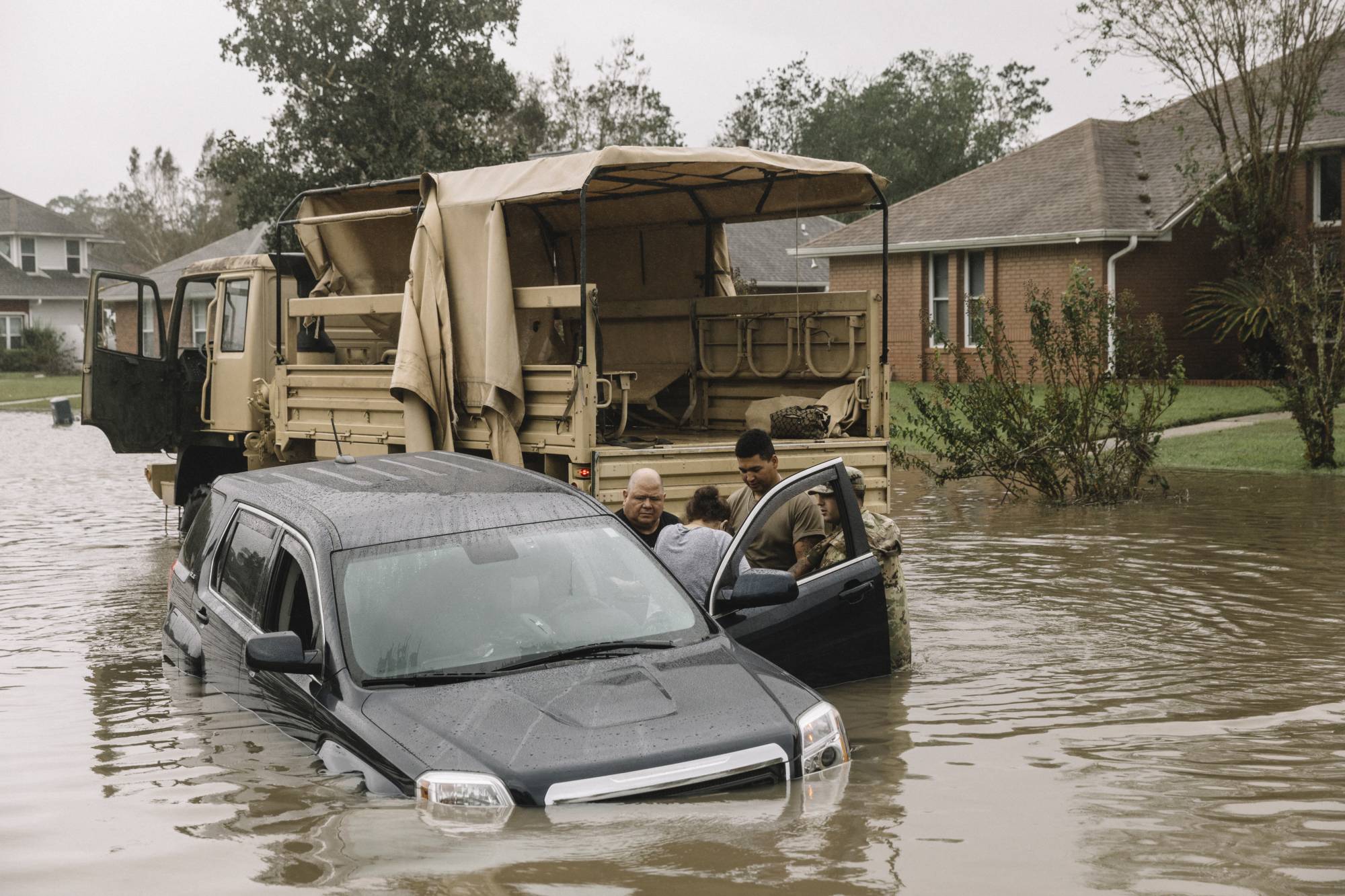As hurricanes go, Sally was not especially powerful. Rated a Category 2 storm when it struck the Gulf Coast on Wednesday, it was soon downgraded. But climate change likely made it more dangerous by slowing it down and feeding it more moisture, setting it up to pummel the region with wind and catastrophic rainfall.
Sally was crawling at about 3 mph when its eye made landfall early Wednesday near Gulf Shores, Alabama, and was "inching its way inland” later in the day, the National Hurricane Center said. The slow movement, or stalling, of the storm led to staggering rain totals, with more than two feet in some areas by midmorning Wednesday and widespread flooding.
"When a storm moves slower, it lingers longer over the same location,” said Kimberly Wood, a geoscientist at Mississippi State University. "A rain rate of, say, an inch an hour — that’s not so bad if the rain only lasts 30 minutes. But if it lasts for half a day, that adds up quickly.”

















With your current subscription plan you can comment on stories. However, before writing your first comment, please create a display name in the Profile section of your subscriber account page.